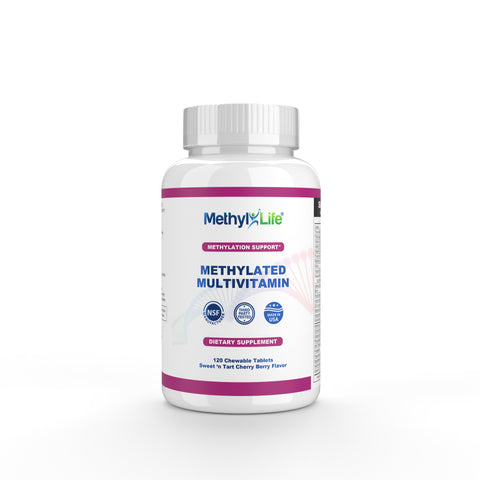MTHFR and Histamine Levels
Histamine is linked to allergic symptoms such as hay fever and skin rashes. While these reactions are often linked to food and environmental sensitivities, recent research suggested that histamine levels may also be influenced by the MTHFR mutation.
Histamine is a biologically active molecule known as an amine. It’s formed when the carboxyl group is removed from the amino acid histidine, a process known as decarboxylation.
The highest concentrations of histamine are in the gut lining, the skin, and the respiratory tract. Basophils and mast cells within these tissues secrete histamine when the body detects a pathogen or foreign substance, which becomes part of the immune response.
Mast cells are the major producer of histamine1 and express many receptors on their surface. These receptors are activated through stimulants such as allergens, complement peptides, and neuropeptides, which cause the mast cells to release various inflammatory mediators, including histamine.
MTHFR is an enzyme required for numerous methylation processes in the body2, including the conversion of folate to methyl-folate, DNA function, the repair of damaged cells, neurotransmitter production, the metabolism of B vitamins, and many others. Methylation is also required for the proper functioning of the Histamine-N-Methyl-Transferase3 (HNMT) enzyme, which is critical for the processing of histamine.
Impaired methylation caused by mutations on the MTHFR gene can lead to a variety of health issues, including elevated homocysteine4, histamine intolerance, allergies and intolerances, hormonal imbalances, and more.
This article will explain the role of the MTHFR gene in histamine production and regulation and why a mutation may result in elevated histamine levels. We will also explain how different MTHFR variants can affect histamine levels and how someone with an MTHFR mutation can support their body’s methylation function through supplements.














